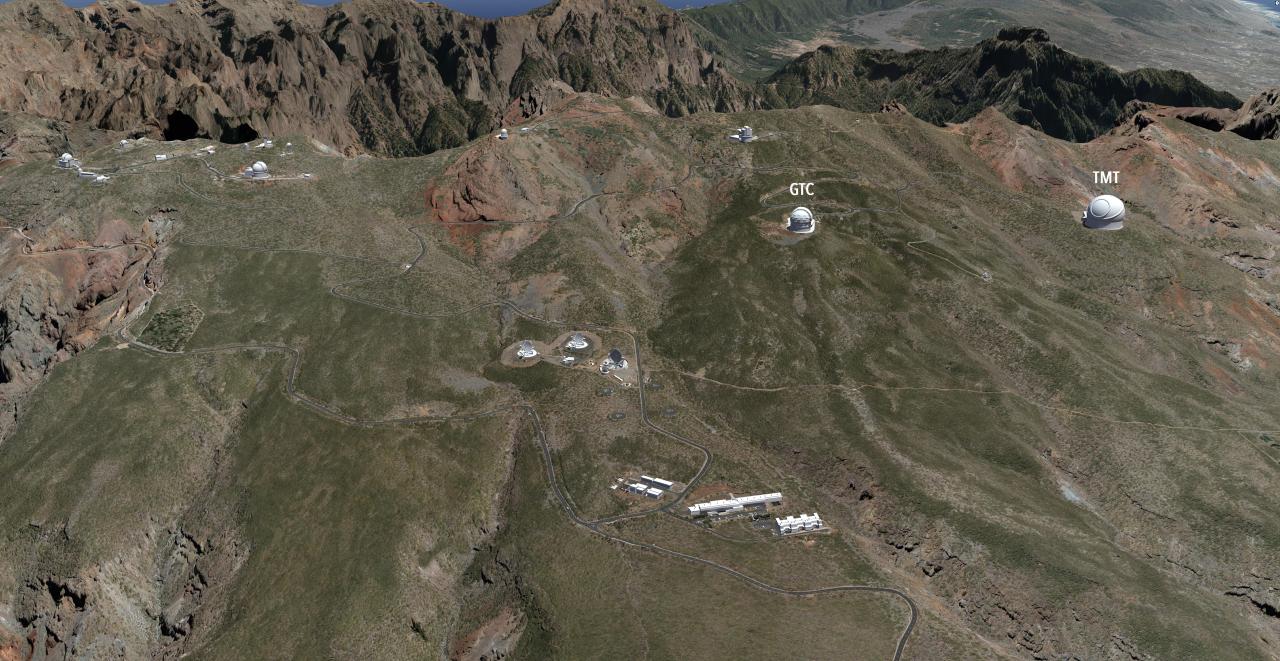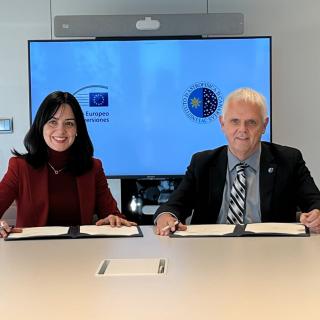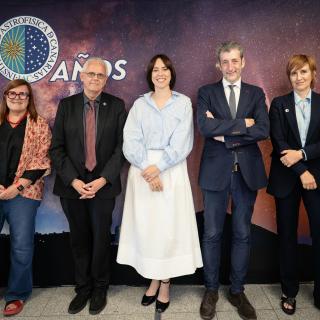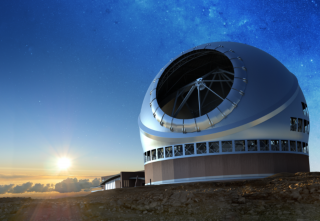Thirty Meter Telescope


The Thirty Meter Telescope (TMT) is a pioneering project that will mark a milestone in modern astronomy. Classified as an Extremely Large Telescope due to the diameter of its 30-meter primary mirror, it will be three times wider and have nine times the collecting area of the world’s largest visible-light telescope currently in operation. Once completed, it will become the most advanced and powerful ground-based telescope in history, as well as the largest optical-infrared telescope in the Northern Hemisphere.
The TMT will incorporate the latest innovations in precision control, segmented mirror design, and adaptive optics (AO). Thanks to this technology, which corrects for distortions caused by Earth’s atmosphere, it will achieve ten times the sensitivity of today’s most powerful optical and infrared observatories and deliver images up to twelve times sharper than those of the Hubble Space Telescope.
Capable of observing at wavelengths ranging from the ultraviolet to the mid-infrared, the TMT will open new research opportunities across virtually all fields of astronomy and astrophysics. It will enable detailed studies of star and planet formation, unravel the history of galaxies, and provide new insights into the evolution of the large-scale structure of the universe. With its unprecedented sensitivity and resolution, this unique instrument will transform our view of the cosmos and help answer some of science’s most fundamental questions.
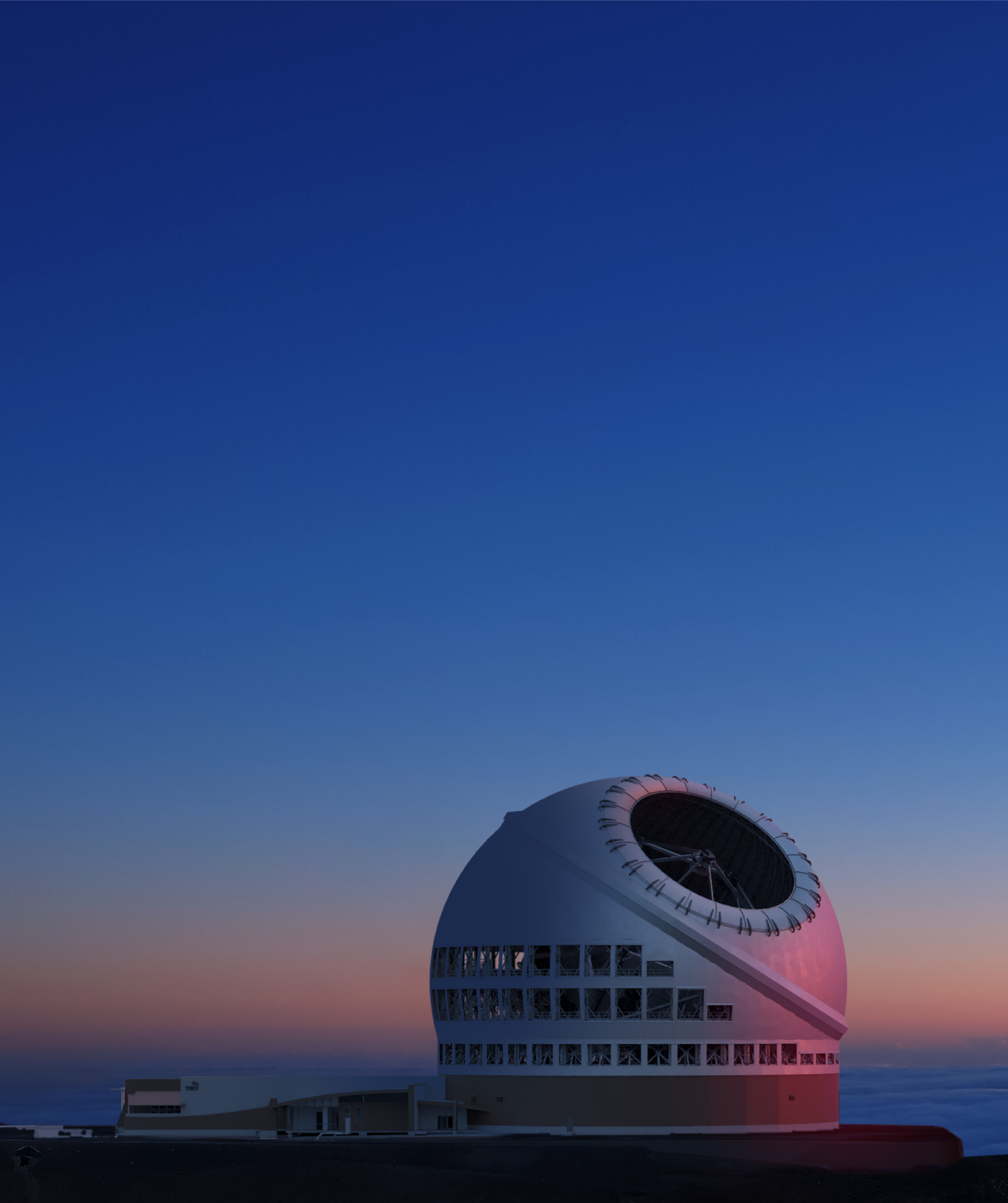
Location of the TMT
The Thirty Meter Telescope (TMT) could be installed in Hawaii or in the Canary Islands. In 2019, the Spanish government has already expressed its support for installing the telescope on La Palma and has recently offered up to 400 million euros, through the CDTI, to attract the project to the island.
The Thirty Meter Telescope International Observatory (TIO) Consortium has indicated that it is considering the Spanish proposal and will evaluate this offer thoroughly and quickly, while remaining committed to securing the best possible site.
TIO members are the California Institute of Technology, the University of California, the National Institutes of Natural Sciences of Japan, the Department of Science and Technology of India and the National Research Council of Canada. The Association of Universities for Research in Astronomy is an associate member, while the Gordon and Betty Moore Foundation has provided core funding and the National Science Foundation has contributed to the most recent phases of design and development.
Economic impact
The economic impact would be very significant. According to a report by the University of La Laguna, during the construction phase (2020-2029) the TMT would generate an annual increase of 103 million euros in goods and services, contributing 6.53% to the island's GDP and 3.67% to employment, with 931 jobs per year. In addition, the associated average salary would be 10% higher than the Canary Islands average.
In the scientific operation phase (from 2030 onwards), the consortium's annual expenditure would reach 25 million euros, 82.5% of which would be spent in La Palma. This would boost scientific, tourism and outreach activities, with an estimated economic impact of 74.5 million euros per year (4.81% of the island's GDP) and the creation or maintenance of 745 jobs, with salaries 45% higher than the regional average.
